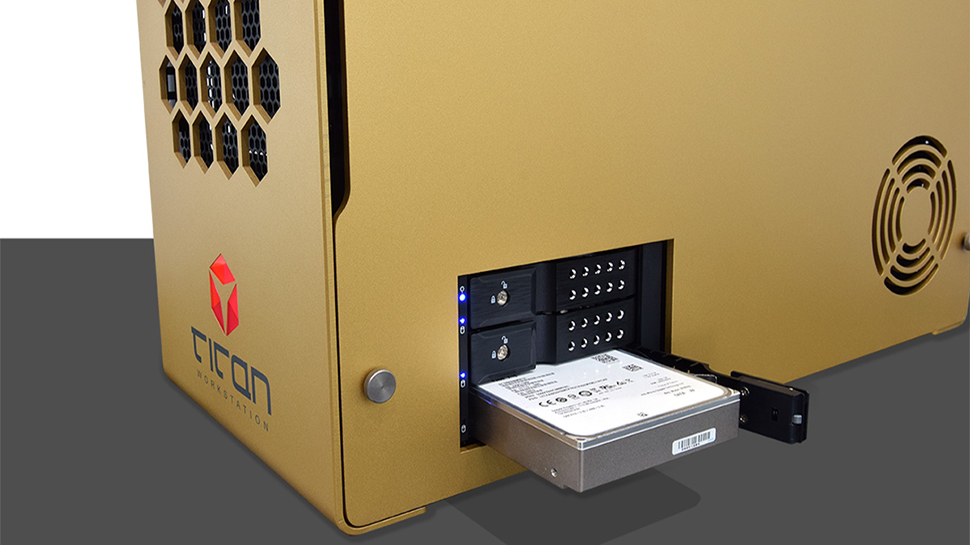In today’s hyper-connected world, mobile technology has become an integral part of our daily lives. From communication and shopping to banking and personal identification, smartphones and mobile applications are now central to the way we interact with the digital space. However, the rise of mobile technology has also brought with it an increase in cyber threats, particularly in the form of fraud. As cybercriminals develop more sophisticated ways to exploit vulnerabilities, businesses and individuals face growing risks to their financial and personal information.
In this landscape, identity verification services have become crucial for mitigating fraud in mobile technology. These services, which range from biometric authentication to AI-driven identity checks, serve as the digital gatekeepers, ensuring that the people accessing sensitive information or financial accounts are who they say they are. In this article, we’ll explore the different ways mobile technology both contributes to and combats fraud, while highlighting the importance of robust identity verification services in maintaining digital security.
The growth of mobile fraud
Mobile technology offers incredible convenience but also opens up new avenues for fraudsters. According to research, fraud committed via mobile devices has been on the rise, largely due to the increasing use of mobile payments, online shopping apps, and digital banking. These platforms are prime targets for cybercriminals, who exploit weaknesses in mobile apps, operating systems, and network security.
A common method of mobile fraud is phishing, where criminals send fake emails, text messages, or push notifications that trick users into providing their login credentials. Another rising concern is SIM swapping, a technique where fraudsters hijack a mobile phone number by duping a mobile carrier into switching it to a new SIM card. Once the criminal has control of the number, they can intercept two-factor authentication (2FA) codes, granting them access to sensitive accounts.
Moreover, mobile malware and spyware have become increasingly sophisticated, often going undetected on users’ phones while collecting data or even remotely accessing applications. This surge in mobile fraud is a pressing issue for businesses, financial institutions, and consumers alike.
The role of identity verification services
Identity verification services play a pivotal role in preventing fraud, especially in the mobile space. By verifying the identity of users before granting access to sensitive accounts or approving transactions, businesses can significantly reduce the chances of fraud. Here are some common methods used in modern identity verification services:
1. Biometric Authentication
Biometric verification has become a standard in mobile security. Many devices now come equipped with fingerprint scanners, facial recognition, or even voice recognition features. These methods are highly effective because they rely on unique physical characteristics that are difficult to replicate. The convenience of biometric authentication also makes it a preferred method for consumers, as it streamlines the process without sacrificing security.
2. Two-Factor Authentication (2FA)
2FA is an added layer of security that requires users to provide two types of identification—something they know (like a password) and something they have (like a one-time passcode sent to their phone). This makes it much harder for fraudsters to gain access to accounts even if they have stolen the password. However, as mentioned earlier, SIM swapping has emerged as a threat to SMS-based 2FA, leading to the development of alternative methods like app-based authentication.
3. AI and Machine Learning
AI and machine learning are now widely used in identity verification services to detect anomalies in user behavior. For instance, if a user’s account is suddenly accessed from a different country or if there are attempts to make unusual transactions, the system can flag the activity as suspicious and require additional verification steps. Machine learning algorithms are continuously improving, making fraud detection faster and more accurate.
4. Document Verification
Identity verification services often require users to upload official documents, such as a passport or driver’s license, to confirm their identity. These systems use optical character recognition (OCR) and other technologies to validate the authenticity of the documents. Advanced systems can even cross-check the information with government databases, ensuring a higher level of accuracy in the verification process.
How mobile technology can strengthen fraud prevention
While mobile technology introduces certain vulnerabilities, it can also enhance fraud prevention efforts when combined with robust identity verification services. Here are a few ways in which mobile technology is being leveraged to improve security:
1. Mobile-First Identity Verification
Many companies are now adopting mobile-first verification systems that are optimized for smartphones and tablets. These systems offer a seamless user experience while still employing advanced security features like biometric verification and AI-driven risk analysis.
2. Geolocation Services
Mobile devices can track a user’s location in real time, adding another layer of security for transactions and account access. For instance, if a login attempt is made from a device that is far from the user’s typical location, additional identity verification steps can be triggered to prevent fraud.
3. Behavioral Biometrics
This is an emerging field in identity verification that analyzes a user’s behavior, such as their typing patterns, swiping motions, or even how they hold their phone. By identifying and recording these unique behaviors, systems can detect when an unauthorized person is attempting to access an account.
4. Push Notifications for Fraud Alerts
Mobile devices allow businesses to send real-time fraud alerts through push notifications. If suspicious activity is detected on a user’s account, they can be immediately notified via their smartphone, allowing them to quickly take action to secure their account.
The future of mobile fraud and identity verification
As mobile technology continues to evolve, so will the methods used by cybercriminals. In response, identity verification services will need to keep pace, adopting more sophisticated technologies to stay one step ahead. Blockchain technology, for example, holds promise in creating decentralized identity systems that are nearly impossible to hack. Meanwhile, advancements in AI will continue to refine the ability to detect and prevent fraudulent activity in real-time.
In conclusion, mobile technology presents both challenges and opportunities in the fight against fraud. While cybercriminals are constantly developing new ways to exploit mobile vulnerabilities, identity verification services have risen to the challenge, using cutting-edge technology to ensure secure access to digital accounts. As these systems become more advanced, businesses and consumers alike can benefit from enhanced protection in the mobile era.




































































































































































You must be logged in to post a comment Login